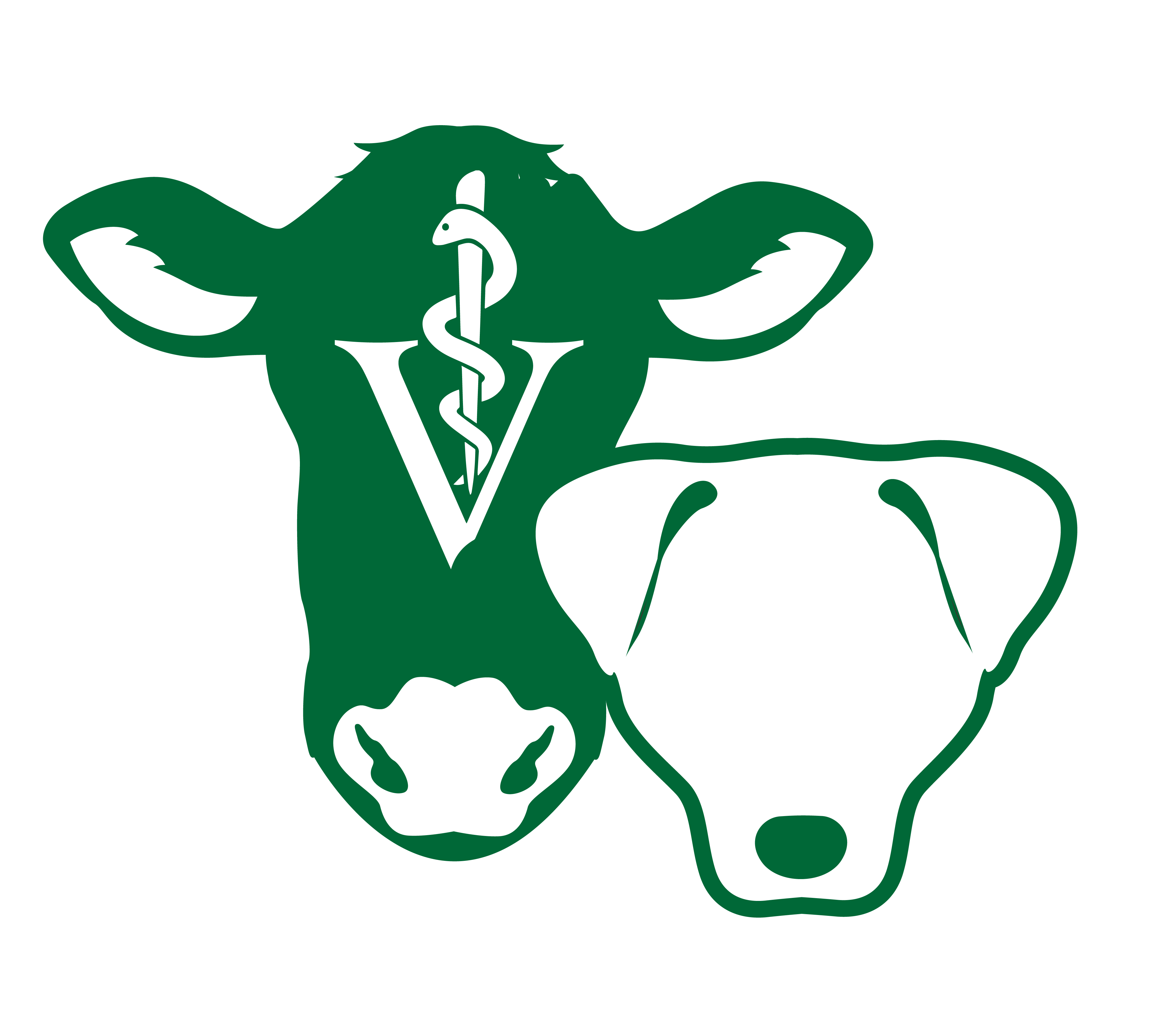The beef industry has begun utilizing a value-based marketing system, where cattlemen are rewarded for producing a high quality, consistent end product that meets consumer demands. One tool that aids producers in the efficient and profitable production of beef cattle is live animal carcass ultrasound. Carcass ultrasound is an economical way cattlemen can make genetic improvements in carcass traits, which will, in turn, put profits in your pockets. Our cattle ultrasound clientele includes seed stock producers, commercial cattle producers, feedlots, heifer development groups, and county fairs. The measurements collected utilizing live animal carcass ultrasound can be used to estimate carcass retail yield and meat quality.
Why do we measure carcass traits with ultrasound?
Carcass ultrasound data provides non-invasive, timely information to identify individual animals that possess exceptional carcass merit. This data can be used to calculate expected progeny differences (EPDs) ratios for comparison of breeding animals in the herd. For feedlots, cattle ultrasound can be used to help sort and market fat cattle more accurately. In either case, the main goal is to provide more profit for their operations.
What do we measure?
Back fat: primary determinant of % retail product
Ribeye Area: related to a total pounds of retail product
Percent intramuscular fat: highly correlated with the degree of marbling, the primary determinant of quality grade.
Rump fat: gives a better idea of overall fat cover and % retail product.
What animals do we measure and when?
Yearling bulls: best scanned between 320-440 days of age
Heifers: best scanned between 320-460 days of age
Feedlot: 30-90 days pre-harvest
